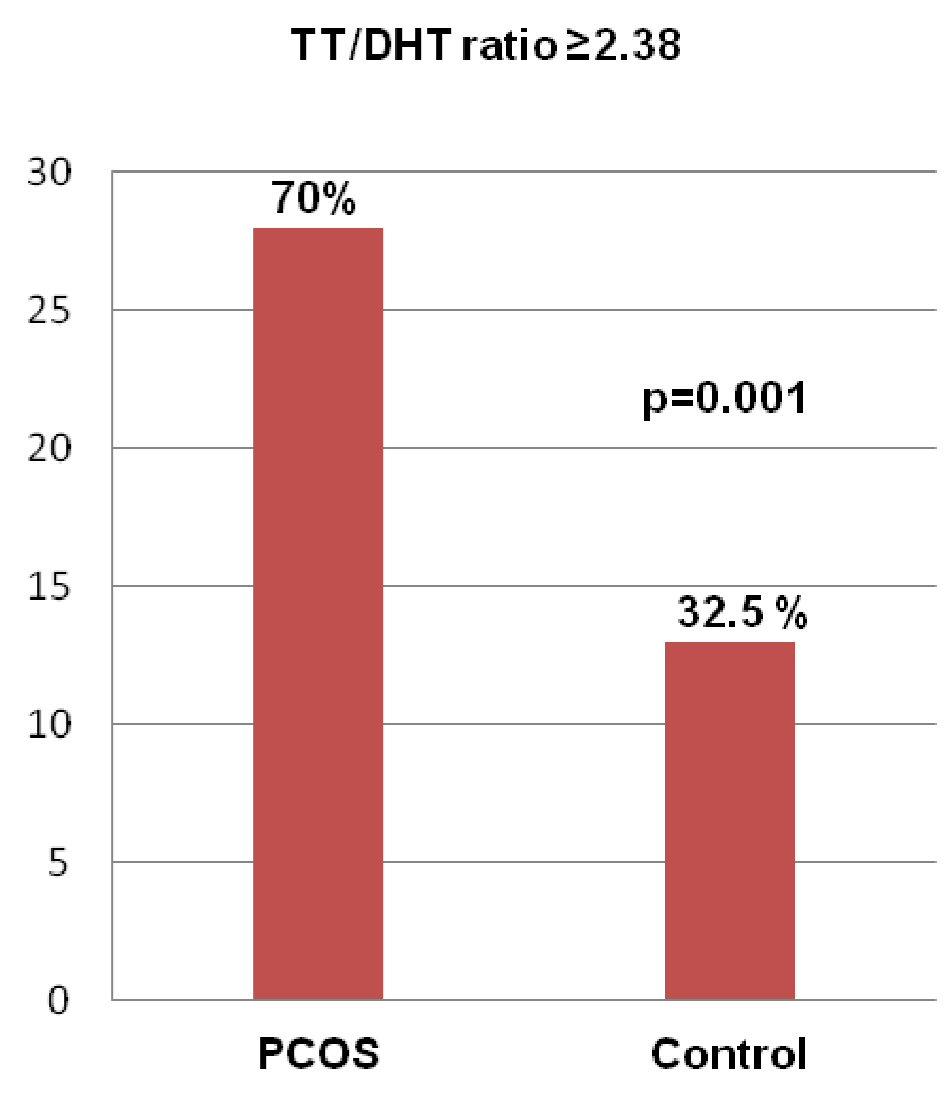
Figure 1. (a) ROC curves analyses revealed the best cutoff value of TT/DHT ratio of 2.38 for the diagnosis of PCOS (sensitivity: 70%, specificity: 32.5%, and AUC: 0.753). In PCOS patients, ROC curves analyses were conducted for best cutoff values of TT/DHT ratio for the diagnosis of (b) metabolic syndrome (2.53, sensitivity: 73.7%, specificity: 39.3%, and AUC: 0.738) and (c) impaired glucose tolerance (2.78, sensitivity: 61.5%, specificity: 38.5%, and AUC: 0.653). PCOS: polycystic ovary syndrome; AUC: area under the curve; ROC: receiver operating characteristics; TT/DHT: total testosterone/dihydrotestosterone ratio.
